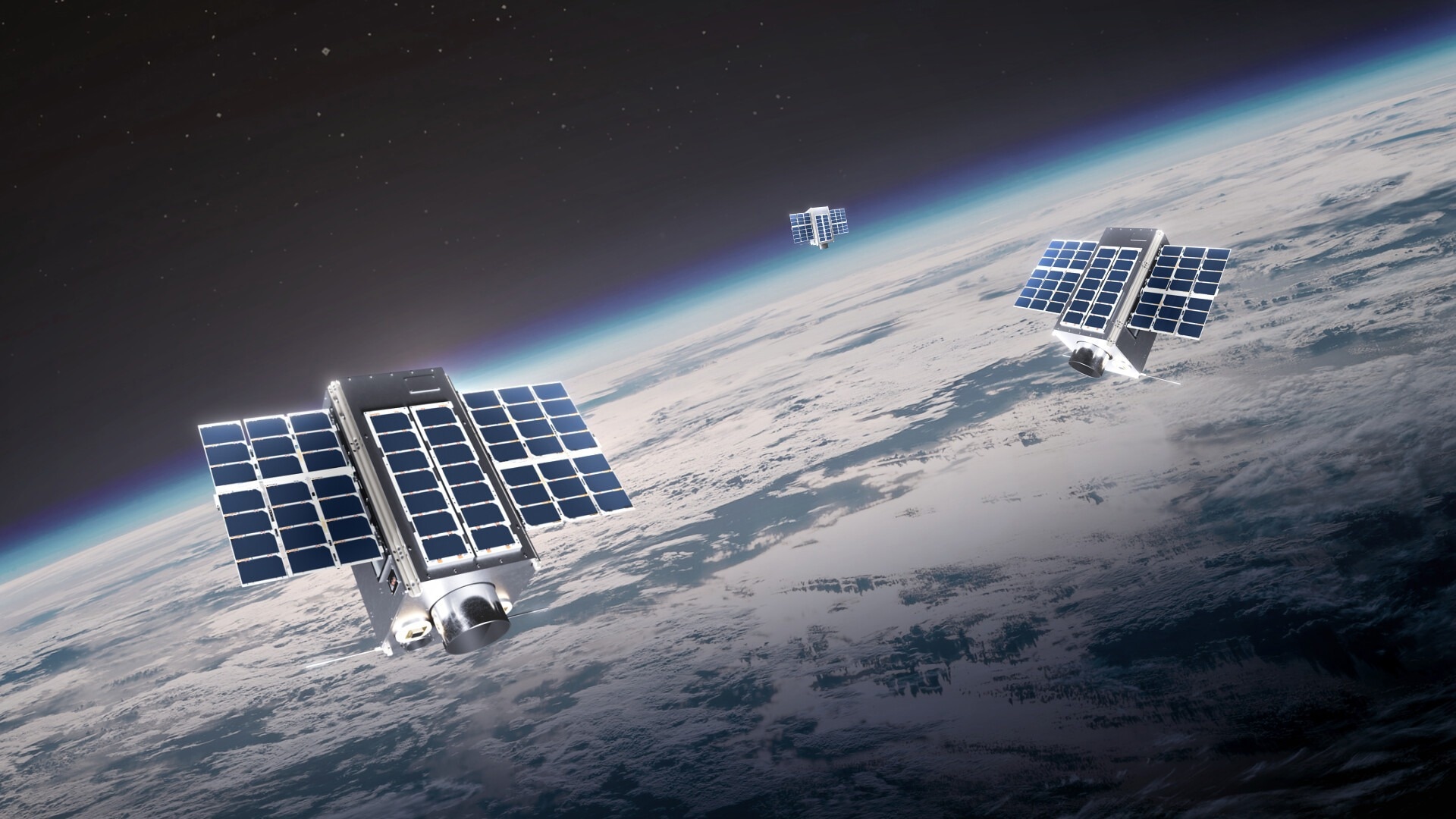ABB has secured a third contract with GHGSat, the global leader in high-resolution greenhouse gas monitoring from space, to manufacture optical sensors for their C12, C13, C14 and C15 satellites set to launch into orbit in 2024.
 GHGSat’s expanding constellation detects and quantifies industrial gas leaks from space. Image Credit: GHGSat.
GHGSat’s expanding constellation detects and quantifies industrial gas leaks from space. Image Credit: GHGSat.
The new satellites will join GHGSat’s expanding constellation which detects and quantifies industrial gas leaks from space. ABB has built the payloads – the instruments carried on board the satellites – for ten of GHGSat’s emissions monitoring satellites launched into space.
Earlier this year, GHGSat reported that their existing satellites have doubled their methane emission measurement capabilities thanks to the exceptional performance of the sensors. This has allowed GHGSat to accelerate the scaling of its monitoring services, aiding industries such as oil and gas, power generation, mining, and more in understanding and reducing greenhouse gas emissions.
“The new contract is a testament to GHGSat’s confidence in ABB’s manufacturing capabilities to build complex, high-performing optical payloads for hyperspectral earth observation,” said Marc Corriveau, Head of Global Operations, Business Line Analytical, ABB Measurement & Analytics. “This year, we doubled our manufacturing infrastructure dedicated to space projects, so that we can better serve the booming private space sector. We strive to contribute to the success of our current customers as we expand to other Earth observation mandates.”
“Our collaboration, which began in 2018, has showcased ABB’s technical expertise and manufacturing capabilities,” said Stéphane Germain, CEO, GHGSat. “This experience has fortified our belief in ABB’s capacity to support GHGSat's expansion in building proprietary high-resolution payloads. Such partnerships are the key to achieving significant reductions in greenhouse gas emissions and ultimately making a concrete impact in the battle against climate change.”
ABB has been a leader in gas sensing from orbit for over two decades, starting with the development of the Canadian Space Agency SCISAT mission payload, which profiles the concentration of more than 70 different gas types down to parts per trillion from cloud top to outer space.
ABB also provided hyperspectral technologies to the Japanese GOSAT program, which pioneered the global mapping at regional scale of sources and sinks of greenhouse gases from orbit starting with a first satellite in 2009 and an improved version in 2018.
Today, ABB builds on this legacy by manufacturing enhanced versions of GHGSat’s proprietary wide-angle Fabry-Perot (WAF-P) interferometer, which tracks the same infrared fingerprint of greenhouse gases. In this way, ABB applies its vast expertise acquired in earlier high-profile government space missions to the private sector space with a focus on actionable low latency satellite data for civil uses.
Space is the only location that allows greenhouse gas emissions to be monitored freely across jurisdictions, enabling unbiased reporting.